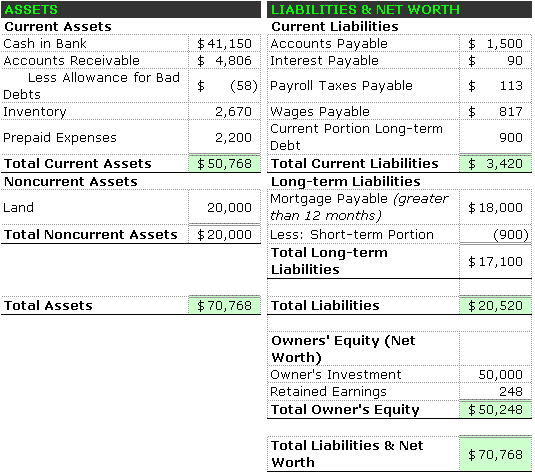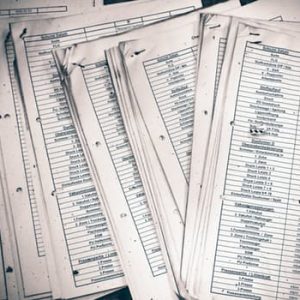What You Need To Know About Accounting
For those who’ve been practising accounting for years, even decades, it can be easy to forget that the average person doesn’t necessarily understand the foundations or our “craft”. So we’ve put together a list of some of the most important things you need to know about accountancy.
1. Financial and Managerial: Accounting has two main disciplines: managerial is the one used internally for keeping track of the spending and income, assets and liabilities of a business; and financial is the one you present to . Your shareholders don’t necessarily need to know the day-to-day expenses and sales of the business – the managerial side – but they do need to see an overview of the business’s financials.
It is often said that big businesses keep two different sets of books. This is a quote from USAToday about American PLCs: “Publicly traded companies keep two sets of books. They use one set of accounting rules when preparing financial statements for the Securities and Exchange Commission and investors, and another set of rules, the Internal Revenue Code, when preparing their tax returns. All perfectly legal. It will come as no surprise that companies are inclined to maximize the earnings they report to shareholders and minimize the income reported to the IRS.”
2. Double entry book-keeping: When you hear the term balancing the books, it tends to be referring to the double-entry book-keeping idea – two sets of books are kept and entries are made, and these entries should match. It seems like a simple notion but double entry book-keeping was invented only in the 14th century. There are many things that an accountant does, but balancing the books is at the heart of it.
3. Assets & Liabilities. Do you ever hear the terms assets and liabilities discussed and wonder what they mean? Assets include everything you own – this could be equipment, premises, whether it’s a business or your own home, and liabilities include everything you owe – so debts or tax obligations, say business rates. Buying a house is a good example of a process that increases both asset and liability at once.
4. Equity. This is another term that will be very familiar to many but not necessarily understood. Its demonstrated by a very simple equation.
Equity = Assets – Liabilities
Take a unrealistically simple example of this equation, you own a car worth £5,000 but you owe . If your overall equity is less than zero, that means you are. Obviously, the challenge of accountancy would is that large businesses have such huge amounts of assets and liabilities. And as we saw from the Tesco accounting scandal how wrong it can get.
5. Credit vs. Debit. Another fairly simple concept here, that everyone who has a bank account will recognize. In bank accounts, money that is paid out is classed as a debit, and money paid in, such as salary, as credit. It’s the inverse for business: credit is an entry that increases your liabilities or debt and debit is an entry that increases your assets.
6. Balance sheet – This is an overview of a business’s finance solvency and doesn’t details all the specifics of each asset or accounts. Tot up the assets and the liabilities and they should balance: https://www.investopedia.com/ask/answers/09/does-balance-sheet-always-balance.asp

7. Cash flow statement –You’ll know the importance of cashflow if you run a business. For instance, if you have made a sales of $10 million, but none of your customers have repayed yet, you can no longer afford to be happy that you have made $10 million in sales. The cash flow statement records how a company got and spent its cash. The cash flow statement shows whether the company is growing its cash and how it is spending the cash (new equipments, repaying loans, paying more wages, etc).




